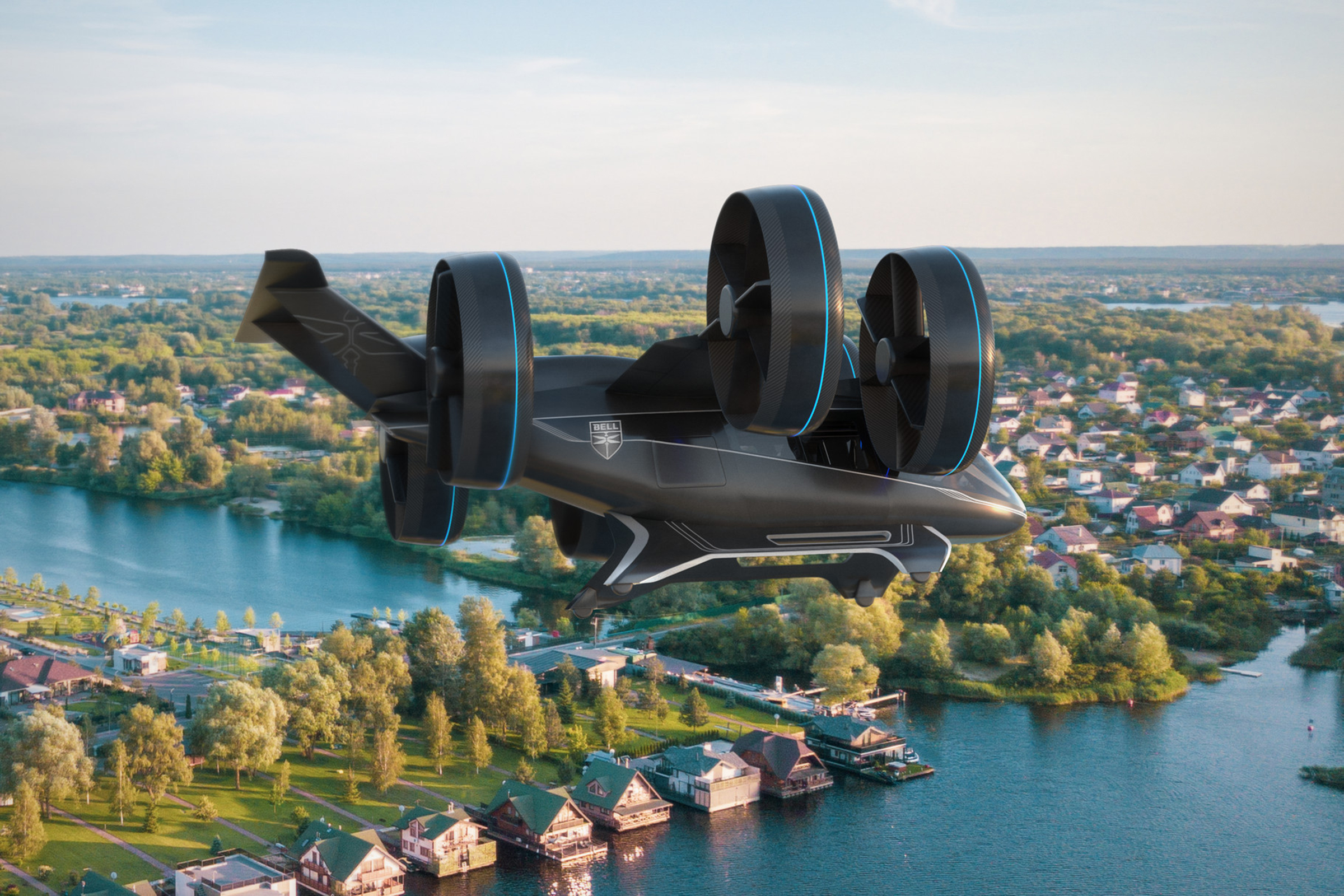In life, we often wonder ‘what if?’ Maybe we missed out on that special job interview, or we never asked out the person we liked — ‘what if?’ is a question that haunts many of us.
The same might apply to designers and inventors. Many of them come up with hundreds, if not thousands, of ideas throughout their careers, so there are bound to be one or two special inventions that ended up slipping through the net. The US patent office deals with thousands of patents a year, and many of them turn out to be undiscovered gems.
Here are five jaw-dropping designs that received a US patent, but never made it to production, leaving their creators to wonder ‘what if?’.
A wearable table
Ever been out walking with a cup of coffee and really needed to put the container somewhere while you check your phone? Maybe not, there’s often a wall or bench nearby, after all.
The wearable table would solve this problem that barely exists in a stroke: simply strap it round your neck while you walk and fold it out whenever you need it. Then, when done, you simply fold it up into its original place, kind of like a back-to-front backpack.
Unsurprisingly, this device never saw the light of day and stayed in design form – probably where it belongs.
Automobile-cum-helicopter
Imagine driving down a highway and seeing a traffic jam up ahead: instead of waiting for who-knows-how-long, you simply take off and fly over all those cars blocking your way. It sounds like a motorist’s dream and its designer had bold ambitions to make it a reality back in 1959.
Unfortunately, the plan itself never took off. Perhaps it was the complicated technology involved – after all, we still haven’t produced anything like this well into the 21st century – or maybe it’s the cost. When you consider that most people would have to land a lottery jackpot to afford a normal helicopter, just how much would one with a set of wheels cost?
The idea, however, still generates a lot of interest in modern times. Bell Nexus and tech giant Uber have set a target of the mid-2020s for their novel air taxi – a car-aircraft hybrid that would whisk passengers over city traffic in no time at all. The future’s bright for hybrid fans.
Streamlined pencil sharpener
Raymond Loewy was one of the greatest designers in history. His imprint is all over 20th century USA, from the iconic Shell and Exxon logos to the modern design of the president’s Air Force One plane. But even geniuses mess up sometimes.
Streamlining his design to make them look and travel faster, such as with the presidential aircraft, was a hallmark of his – but when he tried to apply it to the humble pencil sharpener, it failed to catch the public imagination.
Its design was interesting enough. Shaped like a mix between a ray gun and a teardrop, it came with an aerodynamic tailfin to make the user feel as if they were doing something thrilling, even if it was just scraping a pencil.
While we never got to see it produced, it does still exist as a patent from 1933 which you can buy the rights to, so if anyone really wants to, they can bring one of history’s coolest pencil sharpeners to life.
Gun-shaped remote control
For those who really want to bring the spirit of the best Westerns alive while they watch, the gun-shaped remote control would have been the perfect mix of John Wayne-style swagger and the practical need to switch channels.
While cheap imitations exist today, none of them go to the elaborate details of this patent from 1993. With the remote control itself built into the grip, the device works by shooting an infra-red beam to the TV when the user pulls the trigger.
Perhaps this technology was too expensive, or maybe there aren’t enough John Wayne fans out there, but, whatever the reason, the gun never made it off the design paper, meaning Western fans had to pretend their standard remote was a pistol instead.
Thought Camera
Another genius who was prone to the odd crazy idea was Nikola Tesla. The grandfather of modern systems such as the wireless data transfer and the inspiration for Elon Musk’s famous electric car often strayed into bizarre territory, including designing a device to capture a person’s thoughts and beam them into a screen.
The Thought Camera – sounding like something from George Orwell’s 1984 – would have worked by reading people’s retinas: the place where Tesla believed you could see images that correspond to that person’s thoughts in that moment. The device would pick up this image and reflect it onto a screen, giving us live photographs.
While it’s obvious to us today that this is impossible, Tesla was convinced it could happen. To be fair to him, there’s so much that we don’t know about the field of neuroscience that the invention of some kind of thought-reading mechanism may not be too far away…






